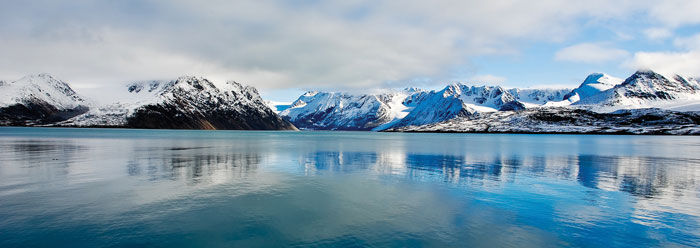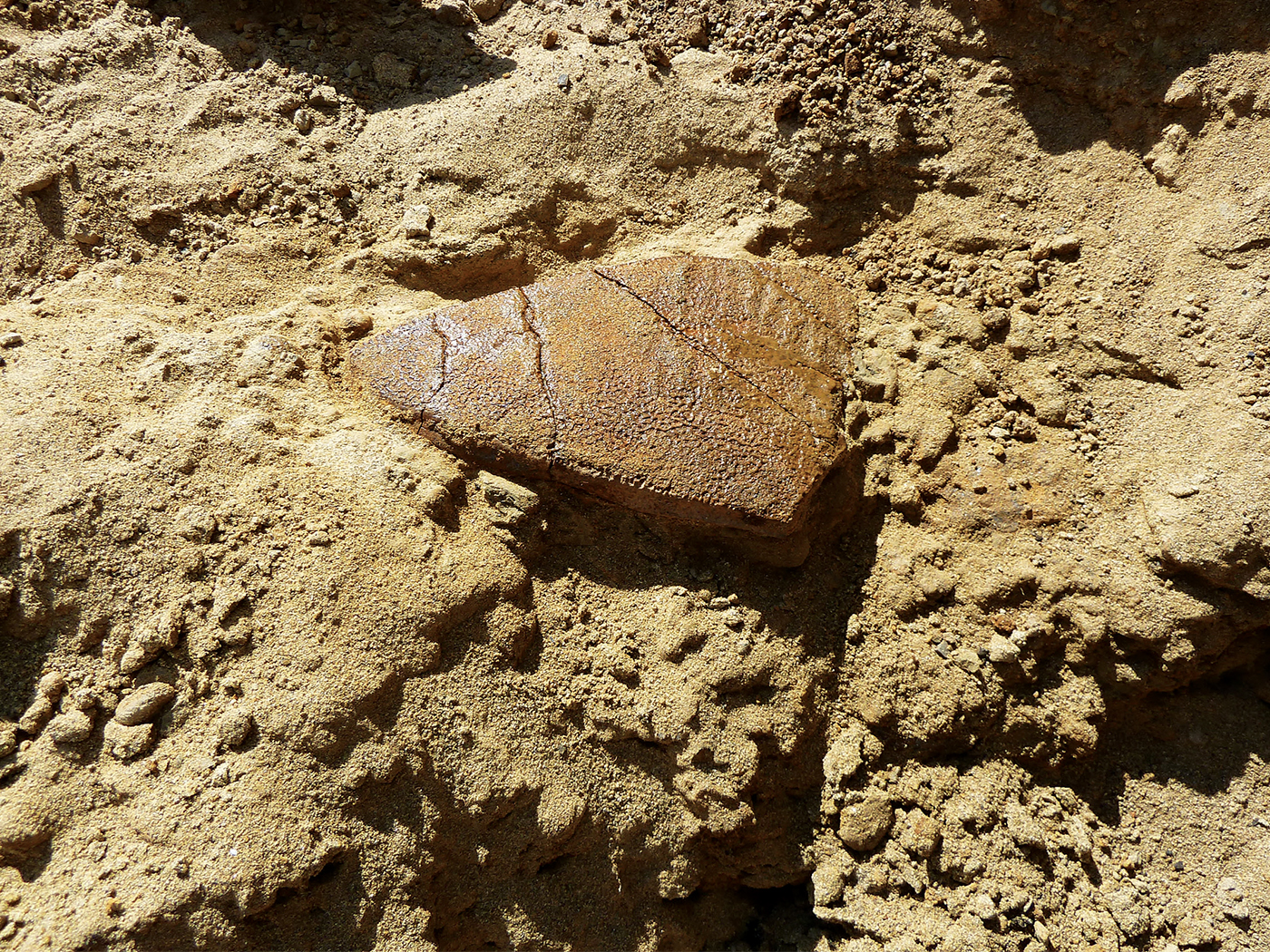Wooly mammoths, sabre-toothed tigers, and giant cave bears lived alongside man during the Ice Age. But while humans persisted, these big beasts--along with other "megafauna"--became extinct. Scientists had suggested that their demise was caused by a comet or asteroid impact that left tiny traces in upper-level rock layers around the world, but new research gives this Ice Age-ending scenario a cold shoulder.
In a study published in the Proceedings of the National Academy of Sciences, a team of British and American scientists refuted the last remaining piece of evidence supporting this particular impact theory--nanodiamonds. If impacts led to the extinction of the Ice Age megafauna, the resulting heat would have turned some organic carbon into tiny diamonds.
Study co-author Andrew Scott of Royal Holloway University of London told BBC News, "We looked for these diamonds and we couldn't find them."1 Scott and his colleagues looked in layers that were deposited during a time called the Younger Dryas, also referred to as the last "Big Freeze." Although temperatures were not as low then as they had been during earlier, and much more intense, phases of the Ice Age, they were nonetheless quite cool.
Since Scott and lead author Tyrone Daulton found no diamonds, they suggested that earlier claims of finding the diamonds were incorrect. They called for scientists to abandon the idea that impacts caused Ice Age extinctions.
But BBC News reported Douglass Kennett of the University of Oregon--a long-time impact theory supporter--as saying, "The Daulton et al claim that we have misidentified diamonds is false and misleading." And geosciences consultant Allen West stated that more evidence for nanodiamonds and the impact theory would be published in the near future.1
In short, researchers are having trouble building a consistent earth history--even regarding events that are relatively recent by the reckonings of evolutionary time--based on the scant clues that are available. Daulton and his colleagues wrote, "The causes of the late Pleistocene megafaunal extinctions in North America, disappearance of Clovis paleoindian lithic technology, and abrupt Younger-Dryas (YD) climate reversal of the last deglacial warming in the Northern Hemisphere remain an enigma."2
So, while evolutionary researchers continue to quibble over what happened, and even over the identification of basic facts, research into earth history based on the Genesis account has offered more straightforward interpretations of past events, including that of the Younger Dryas and the recent extinction of megafauna.
Based on biblical and other historical clues, the Ice Age (which happened during a single period of time rather than in multiple occurrences) was a result of Noah's Flood--an event that heated ocean waters enough to cause the evaporation needed to transfer precipitation onto the post-Flood continents. As the oceans cooled, the massive glaciers at the temperate latitudes melted, causing a series of catastrophic local floods. These floods carved out places such as South Dakota's Badlands and the English Channel.3
When these vast storehouses of ice-melt drained off the continents, they dropped the ocean temperatures, altering weather patterns worldwide and leading to the Older, and then the Younger, Dryas. The last part of the Ice Age occurred about 700 years after the end of the Flood.4
And where did the wooly mammoths go? Along with most other large and threatening beasts--such as giant eagles,5 post-Flood dinosaurs (often called dragons at the time in Europe),6 and saber-toothed cats--these colossal animals were gradually eliminated as mankind spread out across the Flood- and Ice Age-sculpted globe.
References
- Amos, J. Mammoth-killing space blast 'off the hook.' BBC News. Posted on bbc.co.uk August 31, 2010, accessed August 31, 2010.
-
Daulton, T. L., N. Pinter, and A. C. Scott. No evidence of nanodiamonds in Younger-Dryas
sediments to support an impact event. Proceedings of the National Academy of Sciences. Published online before print August 30, 2010. - Silvestru, E. Wild, wild floods! Creation Ministries International. Posted on creation.com September 5, 2007, accessed August 31, 2010.
- Oard, M. J. 2002. Wild ice-core interpretations by uniformitarian scientists. TJ (formerly Creation Ex Nihilo Technical Journal) 16 (1): 45-47.
- Thomas, B. Child-Eating Eagle No Longer a Myth. ICR News. Posted on icr.org September 24, 2009, accessed August 31, 2010.
- Dragons or Dinosaurs? 2010. DVD. Directed by Andre van Heerden. Cloud Ten Pictures.
* Mr. Thomas is Science Writer at the Institute for Creation Research.
Article posted on September 8, 2010.














